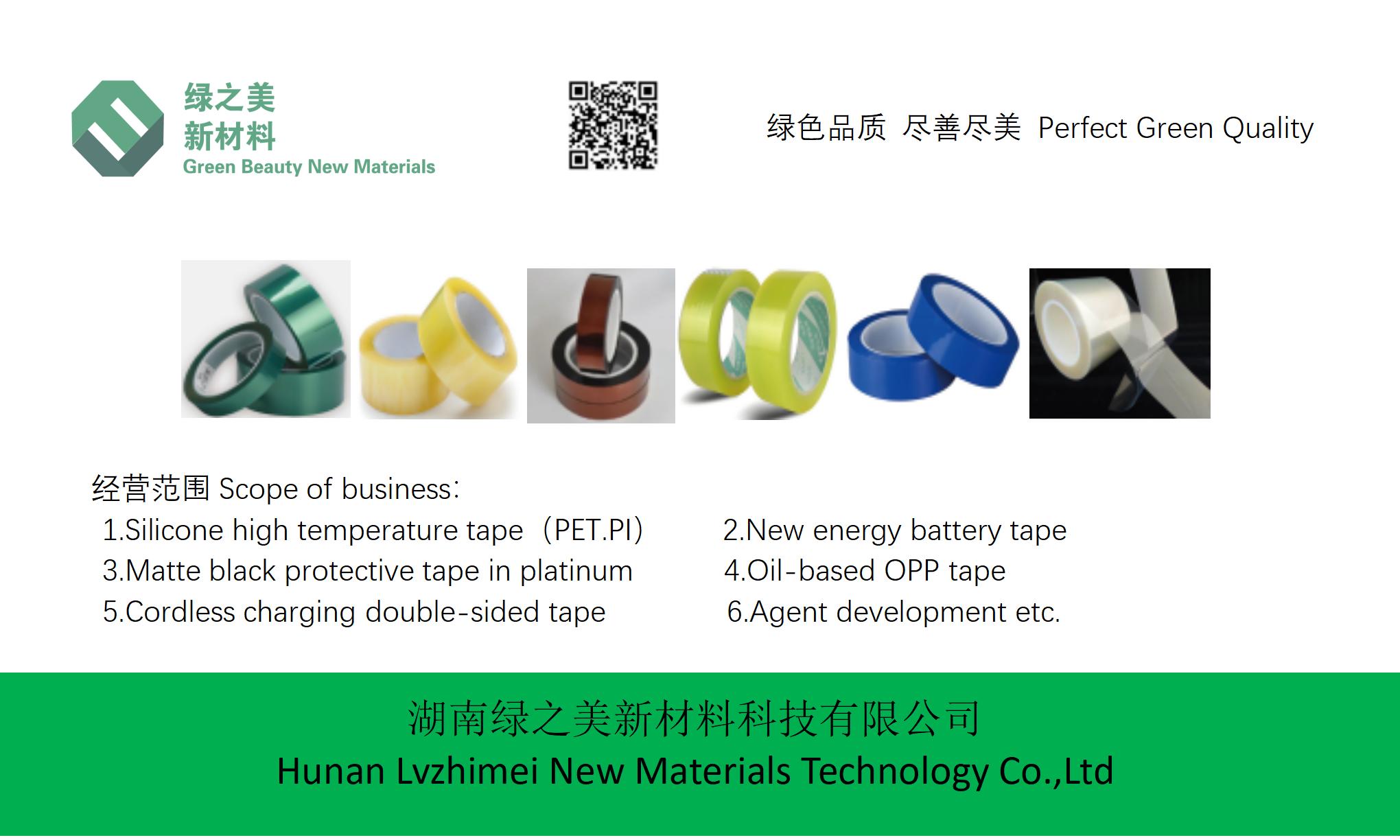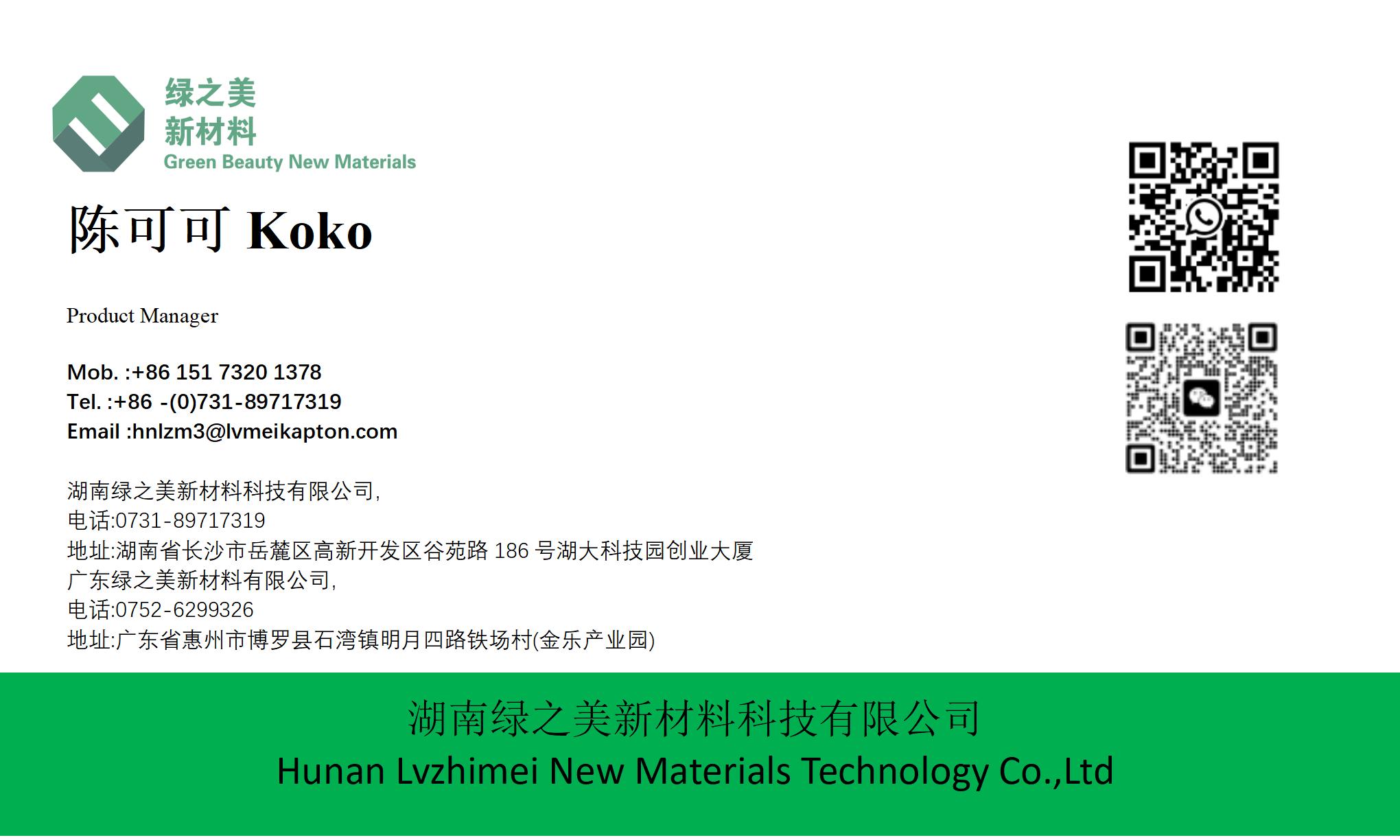hnlzm@lvmeikapton.com
+86 13787123465


Hunan Lvzhimei New Material Technology Co., Ltd.


NameDescriptionContent
Why Is Strong Adhesion and Blocking High Temperature Tape Critical for Nuclear Power Plant Sensors? |https://www.lvmeikapton.com/
Source:
|
Author:Koko Chan
|
Published time: 2025-04-18
|
2 Views
|
Share:
Nuclear power plants are complex systems that rely on precise instrumentation to ensure safety, efficiency, and operational stability. Sensors play a crucial role in monitoring critical parameters such as temperature, pressure, radiation levels, and fluid flow. However, these devices are subjected to extremely harsh environments, including high temperatures, radiation exposure, and corrosive chemicals. To maintain their reliability and performance, sensors must be protected and securely mounted using specialized materials. Among these, strong adhesion and blocking high temperature tape (referred to as “HT tape” hereafter) made from polyimide (PI) materials have emerged as essential components. This article discusses the significance of these materials in nuclear power plant applications, focusing on their critical properties and applications.


The Harsh Environments in Nuclear Power PlantsNuclear reactors generate intense heat, with temperatures often exceeding 300°C in reactor cores and steam generators. Additionally, radiation levels can degrade conventional materials, causing embrittlement, chemical breakdown, and adhesive failures. Corrosive fluids and steam also pose challenges to sensor integrity. Traditional tapes and adhesives may lose their bonding strength, peel off, or melt under such conditions, leading to sensor detachment, signal loss, or false readings. These failures can compromise the safety and efficiency of nuclear power operations, potentially resulting in costly downtime or even accidents. Therefore, materials with exceptional thermal resistance, adhesion, and radiation resistance are indispensable.
The Role of Strong Adhesion in Sensor Mounting1. Ensuring Secure Mounting and Signal IntegritySensors must be firmly attached to substrates to ensure accurate data transmission. Strong adhesion prevents mechanical stress from causing displacement or detachment during thermal cycling, vibration, or pressure fluctuations. For example, piezoelectric sensors used in turbine monitoring require stable contact with metal surfaces to accurately measure vibrations. If the adhesive bond fails, the sensor may drift, leading to incorrect readings and potential equipment damage.
2. Long-Term ReliabilityIn nuclear environments, maintenance and replacement are costly and time-consuming. Adhesives must maintain their bonding strength for decades, resisting degradation from thermal aging, radiation exposure, and chemical attack. Conventional acrylic or silicone adhesives may degrade within a few years, necessitating frequent replacements. In contrast, PI-based tapes with high adhesion properties offer long-term stability, reducing maintenance costs and downtime.
3. Compatibility with Various SubstratesSensors are mounted on diverse surfaces, including metals, ceramics, and composites. A strong adhesive must bond effectively to these materials without requiring surface treatments like priming. PI tapes with modified adhesive layers can achieve high peel strength on stainless steel, aluminum, and glass, ensuring universal applicability.
Why Blocking High Temperature Tape is Indispensable1. Thermal ManagementPI materials exhibit exceptional thermal stability, withstanding temperatures up to 300°C (PI material high temperature resistant 300 tape) and even higher in some cases. This enables tapes to maintain their mechanical and adhesive properties under extreme heat. For instance, thermal barrier tapes placed around sensors protect them from direct heat exposure, preventing overheating and ensuring operational longevity.
2. Electrical InsulationNuclear power plant sensors often transmit electrical signals. PI tape’s inherent electrical insulation properties prevent short circuits and signal interference, even in humid or corrosive environments. This is particularly critical for sensors located near high-voltage equipment or in steam-laden areas.
3. Radiation ResistancePI materials are known for their resistance to gamma, beta, and alpha radiation. Unlike polymers that degrade under radiation, PI maintains its structural integrity and adhesive strength, ensuring continued protection for sensors. This is essential in areas exposed to neutron flux or radioactive isotopes.
4. Chemical ResistanceCoolant chemicals, lubricants, and cleaning agents used in nuclear plants can corrode conventional tapes. PI’s chemical inertness allows it to resist attack from acids, alkalis, and organic solvents, ensuring long-term stability.
PI Material High Temperature Resistant 300 Tape: Key Features and AdvantagesPI tapes, specifically designed for nuclear applications, offer the following advantages:
●
High-Temperature Performance: Maintains adhesion and mechanical strength at 300°C, with some variants capable of short-term exposure to 400°C.
●
Low Outgassing: PI has extremely low outgassing rates, preventing contamination of sensitive equipment in vacuum environments.
●
Dimensional Stability: Exhibits minimal thermal expansion, ensuring tape remains flat and wrinkle-free during thermal cycling.
●
Certifications: Compliant with industry standards such as ASTM D2307 and ISO 9073, meeting stringent quality and safety requirements.
Table 1: Comparison of Key Properties for Conventional vs. PI-Based HT Tapes
Property | Conventional Tape (e.g., Silicone) | PI-Based HT Tape (300°C) |
Max. Operating Temp. | 200°C | 300°C (continuous) |
Radiation Resistance | Limited (degrades over time) | Excellent |
Chemical Resistance | Moderate | Excellent |
Adhesion Retention @ 300°C | Poor | >90% after 1000 hours |
Long-term Stability | 2-5 years | >20 years |
Application Examples in Nuclear Power Plants
1.
Thermal Protection for Reactor Core Sensors: PI tapes are used to insulate temperature sensors from direct heat exposure, ensuring accurate readings even in reactor cores.
2.
Steam Generator Sensor Mounting: In steam generators (operating at ~300°C), PI tapes with strong adhesion prevent sensors from peeling off due to thermal cycling and steam pressure.
3.
Radiation Shielding for Control Room Instruments: PI tapes are employed to protect control room sensors from gamma radiation, maintaining their functionality during reactor maintenance.
4.
Cable Wrapping for High-Temperature Environments: PI tapes are wrapped around cables to provide thermal and mechanical protection in turbine areas, preventing cable degradation.
Safety and Economic ImplicationsThe use of strong adhesion and blocking high temperature tapes directly impacts nuclear plant safety. Sensor failures due to poor adhesion or thermal degradation can lead to:
●
Safety Risks: False readings may cause operators to misjudge reactor conditions, potentially leading to accidents.
●
Operational Disruptions: Unscheduled maintenance due to tape failures can result in costly plant shutdowns.
●
Financial Losses: Replacing failed sensors and tapes is expensive, especially in hard-to-reach locations requiring radiation protection protocols.
By contrast, investing in high-quality PI tapes enhances:
●
Plant Availability: Reduced failures translate to higher uptime and electricity production.
●
Predictive Maintenance: Stable tape performance allows for extended maintenance intervals, saving resources.
●
Regulatory Compliance: Meeting safety standards through reliable sensor protection.
ConclusionStrong adhesion and blocking high temperature tape, particularly those made from PI materials, are critical components in nuclear power plant sensor systems. Their ability to withstand extreme temperatures, radiation, and chemicals ensures continuous sensor functionality, maintaining plant safety and efficiency. As the global demand for nuclear energy grows, the reliance on these advanced materials will only increase, emphasizing the need for continuous innovation in tape technology. By understanding their importance, engineers and operators can make informed decisions to optimize nuclear plant performance while minimizing risks.



Hunan Lvzhimei New Material Technology Co., Ltd.
Quick Links
Product Categories
© 2024 Hunan Lvzhimei New Material Technology Co., Ltd.All Rights Reserved. Designed by Erge
0731 - 89717319
hnlzm@lvmeikapton.com
+86 13787123465
Room 502, Chuangye Building, No186, Guyuan Road, High-Tech District, Changsha, Hunan, China
CONTACT



